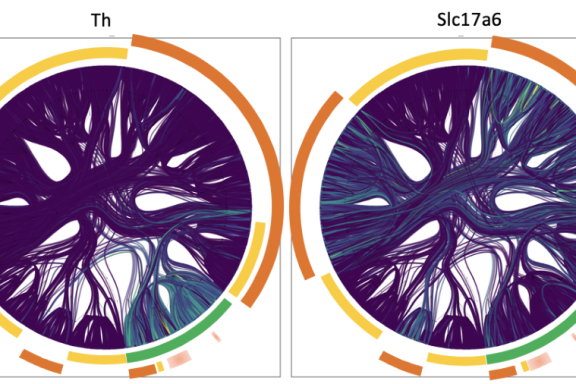
For decades, researchers have used genomic techniques to explore gene expression across tissues. Single-cell genomic techniques represent a powerful advance in this field.
These techniques enable researchers to capture genomic information from individual cells, thereby moving beyond probing bulk populations and instead exploring cellular heterogeneity within tissues.
Development in the field has been rapid, and single-cell genomics can now be used to profile cellular heterogeneity in a wide variety of settings, including fresh and post-mortem tissue across multiple species and organ systems in health and disease. Furthermore, researchers can profile multiple genomic modalities including RNA expression and open chromatin regions.
A single-cell experiment comprises two major phases: an experimental phase in which we
collect RNA from individual cells, and a data analysis phase in which we use computational
methods to evaluate and investigate the resultant RNA profiles. The experimental phase typically involves tissue dissociation and RNA isolation. Data analysis can incorporate a wide variety of methods, ranging from discovering novel cell types to inferring gene-regulatory networks.
We can provide advice as you plan and prepare single-cell experiments using commercially available experimental pipelines, as well as on data analysis, e.g., how to get started.
Additionally, you are welcome to contact us about joining a single-cell working group (scWorkgroup) that meets regularly to discuss common challenges and new approaches.
